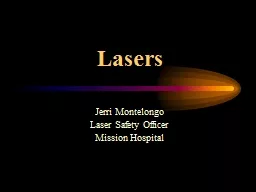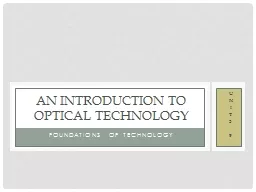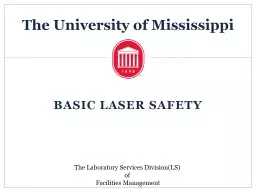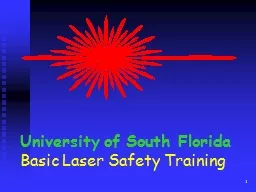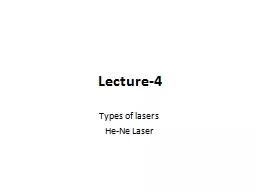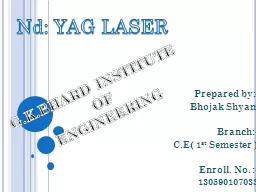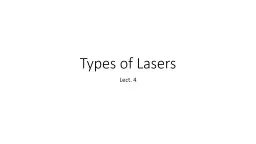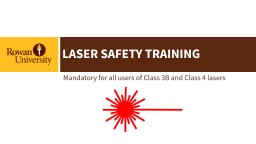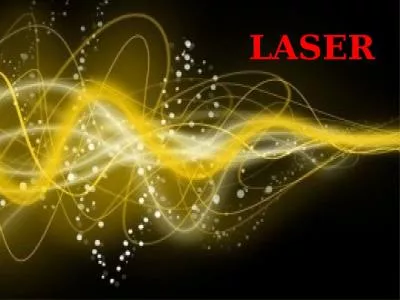PPT-Lasers Jerri Montelongo Laser Safety Officer
Author : sherrill-nordquist | Published Date : 2018-11-05
Mission Hospital LASER L ight A mplification by the S timulated E mission of R adiation Characteristics of Laser Light Collimated tightly beamed
Presentation Embed Code
Download Presentation
Download Presentation The PPT/PDF document "Lasers Jerri Montelongo Laser Safety Off..." is the property of its rightful owner. Permission is granted to download and print the materials on this website for personal, non-commercial use only, and to display it on your personal computer provided you do not modify the materials and that you retain all copyright notices contained in the materials. By downloading content from our website, you accept the terms of this agreement.
Lasers Jerri Montelongo Laser Safety Officer: Transcript
Download Rules Of Document
"Lasers Jerri Montelongo Laser Safety Officer"The content belongs to its owner. You may download and print it for personal use, without modification, and keep all copyright notices. By downloading, you agree to these terms.
Related Documents

